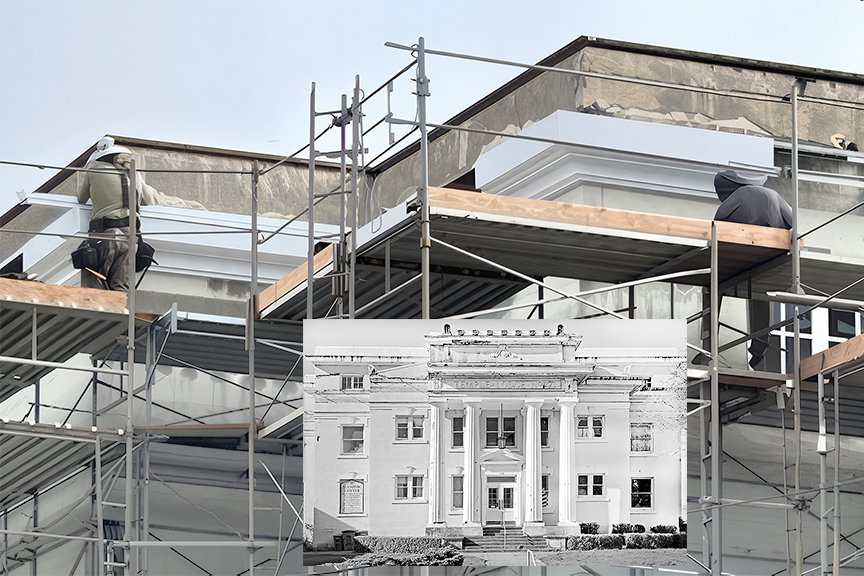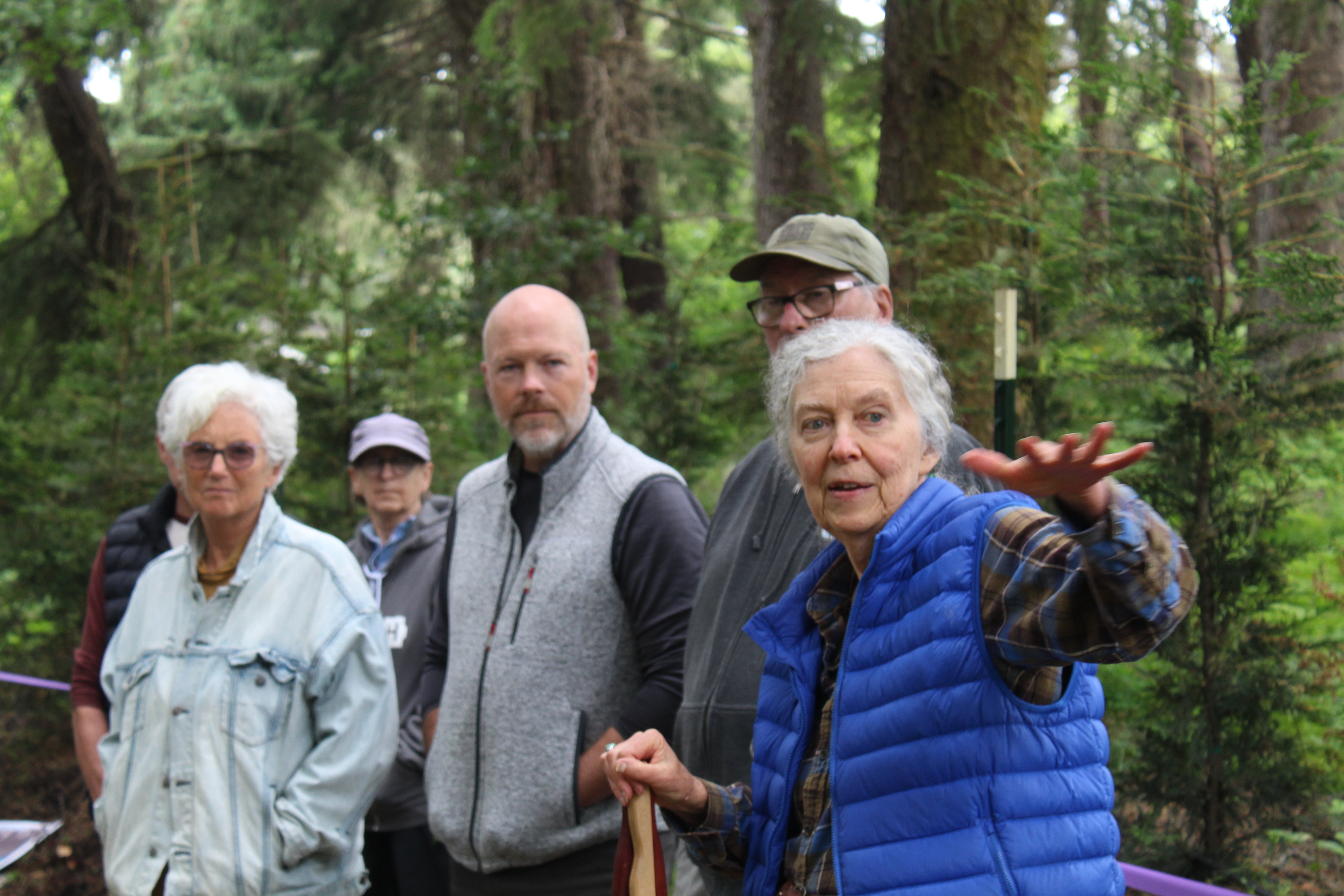Writer’s Notebook: Backlash is brewing to Supreme Court’s abortion ruling
Published 12:30 am Saturday, September 17, 2022

- Steve Forrester
The surge in voter registration by young women is evidence of a powerful political reality, that the U.S. Supreme Court’s decision in June to overturn Roe v. Wade has generated a backlash.
Trending
TargetSmart, a Democratic voter data analytics company based in Washington, D.C., has noted that women in Pennsylvania and other states are registering to vote in numbers well above male registrations.
New women voters were a factor in the August election in Kansas in which voters by an 18-point margin rejected a ballot measure that would have removed protections for abortion rights from the Kansas Constitution and given to the Legislature the right to further restrict abortion or ban it.
In the face of the profoundly anti-woman Supreme Court decision in the Dobbs v. Jackson Women’s Health Organization case, women are not willing to return quietly to pre-Roe days of backroom abortions with hazardous medical consequences.
Trending
Of all of the commentary following the court’s ruling, Linda Greenhouse’s column was one of the most insightful. Drawing on her decades of court coverage for The New York Times, Greenhouse wrote that at the end of every Supreme Court term, she would sort the justices’ opinions into categories. Dobbs, however, didn’t fit time-honored categories such as civil rights, business, elections, antitrust, etc. Instead, Greenhouse invented a new category — religion.
In addition to Greenhouse, many legal analysts have written about the lack of legal doctrine in the Dobbs decision. It is perhaps most correctly described as the triumph of the court’s Catholic bloc, as well as the emergence of Justice Clarence Thomas. Seeing his majority’s willingness to turn back the clock on abortion, Justice Thomas has mused about revisiting the court’s 2015 decision allowing same-sex marriage.
The court’s permission to those who would outlaw abortion is at odds with a half-century of America’s assumptions about reproductive health. We’ve begun to observe stories of young girls who now must bear children and women forced to travel to other states and the threat of physicians being prosecuted for performing abortions.
Abortion is a medical procedure, but the court’s majority has not hesitated to anoint itself as an arbiter of what medicine may be practiced in America.
The anti-woman nature of the Dobbs decision is sinking in. Bloomberg Businessweek devoted a large section of its Aug. 8 issue to how the Dobbs decision strikes at women in the workplace. Titled “The Breaking Point: It’s getting harder to be a woman in America”, the series of articles contained first-person reports by seven women, ages 26 to 80. Elizabeth Stone, 76, provided a vivid look back at how young pregnant women navigated the pre-Roe era. Stone recounted the furtive steps she had to take to obtain an illegal abortion at the age of 19. She was a college senior at the University of California, Berkeley graduating with honors and graduate school invitations. She subsequently had children in her 30s, when she and her husband were financially solvent.
The Dobbs decision is fundamentally at odds with American history. One goal of legalizing abortion was to make this procedure safe — saving women’s lives, wombs and future reproductivity. The court’s ruling sets back basic women’s health care to barbaric and inhumane practices. That is what’s driving young women to register to vote.
If Justice Thomas were to marshal his forces against same-sex marriage, a similar phenomenon would occur. Just as American women won’t go back to a medically unsafe era, gay and lesbian Americans will not return to a day in which they were penalized for their sexual orientation.









